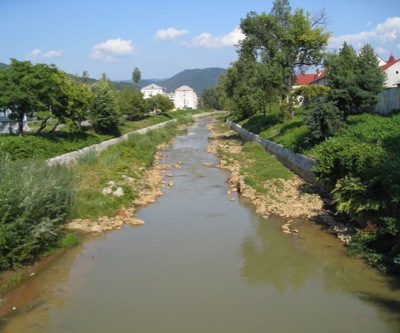
A cyanide leak in Romania that caused widespread damage in three countries back in 2000 was the motivation behind what today could become one of the most innovative ways of extracting precious metals in a clean and safe way.
Valentin Bodea, one of the members of the team behind “The method of obtaining gold and silver,” says the group worked for almost five years (2005-2010) in a pilot plant and self-financed the entire research. In 2012, they obtained their commercial patent.
The old gold-extraction process consisted in smashing rock to dust, mixing the result with water, and then adding cyanide to “leach” the gold out. But the new invention allows chemical extraction of gold and silver from low grade and refractory pyritic concentrates containing minimum 1 ppm Au.
Bodea claims the novel technology is a big step forward in terms its implications for gold extraction on an industrial scale. The waste product from cyanidation is a disgusting and toxic gloop that can seep into rivers or poison groundwater, killing wildlife and rendering landscape sterile. Huge pits of ore can be subjected to cyanide leaching in mines, with the runoff a major environmental hazard that requires a significant cost to render safe.
By contrast, the method Bodea and his colleagues developed generates nothing more than a mildly alkali residual easy to dispose. It is also reportedly more efficient than cyanide leaching (84-86% gold, and 63-66% silver, depending on their concentration in the feed), an important consideration if the technique is to win over industry.
Image from WikiMedia Commons.